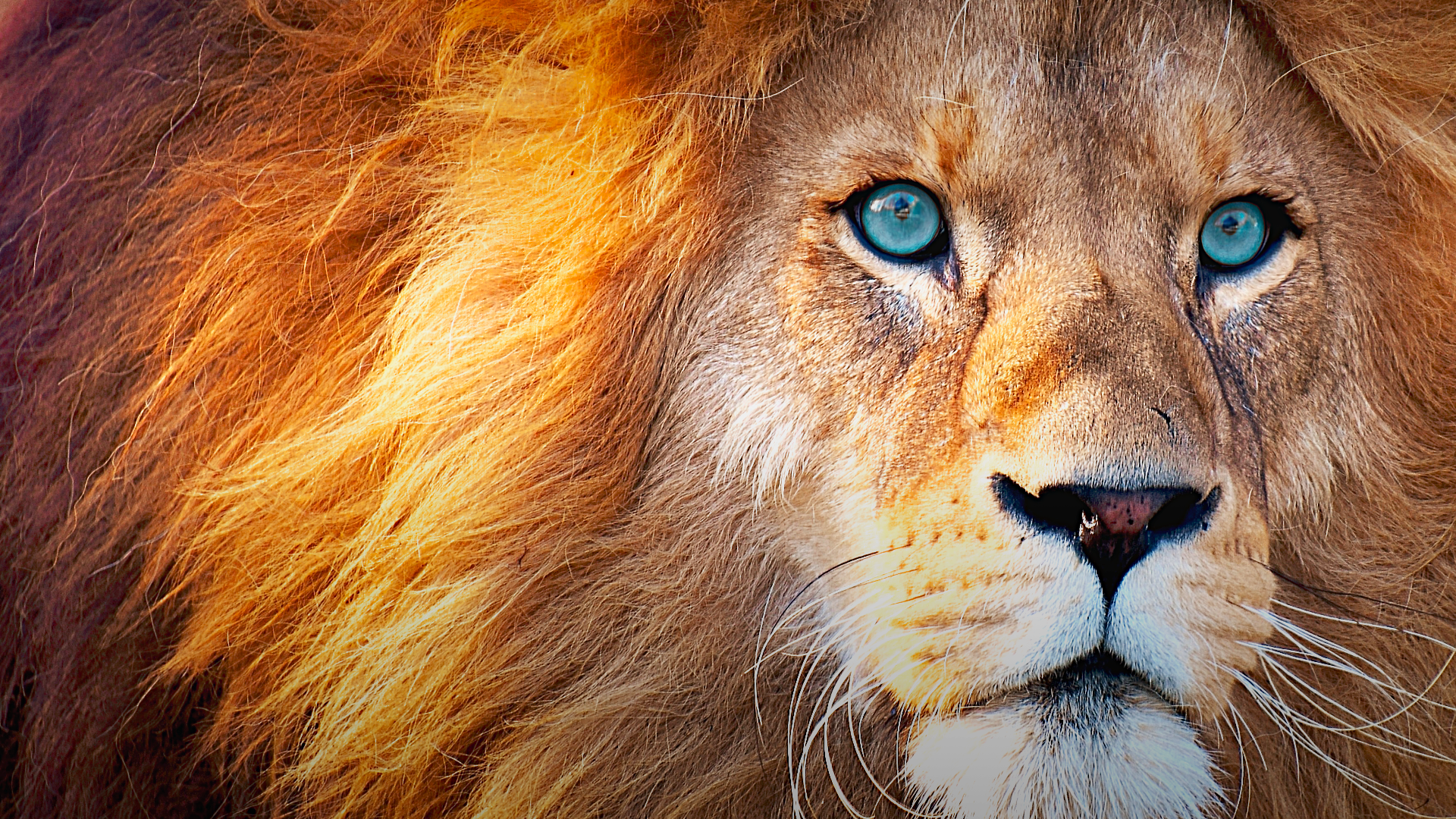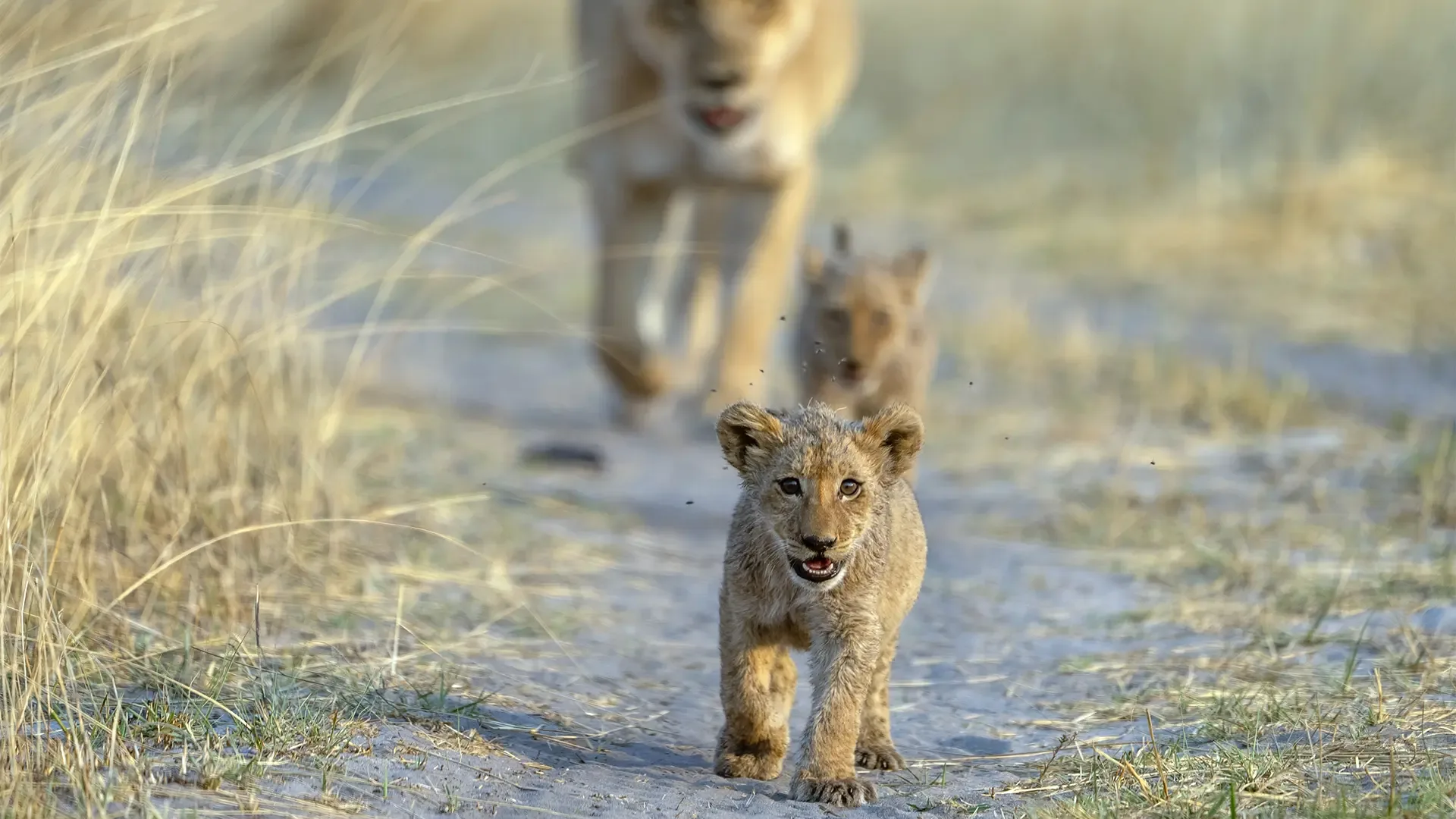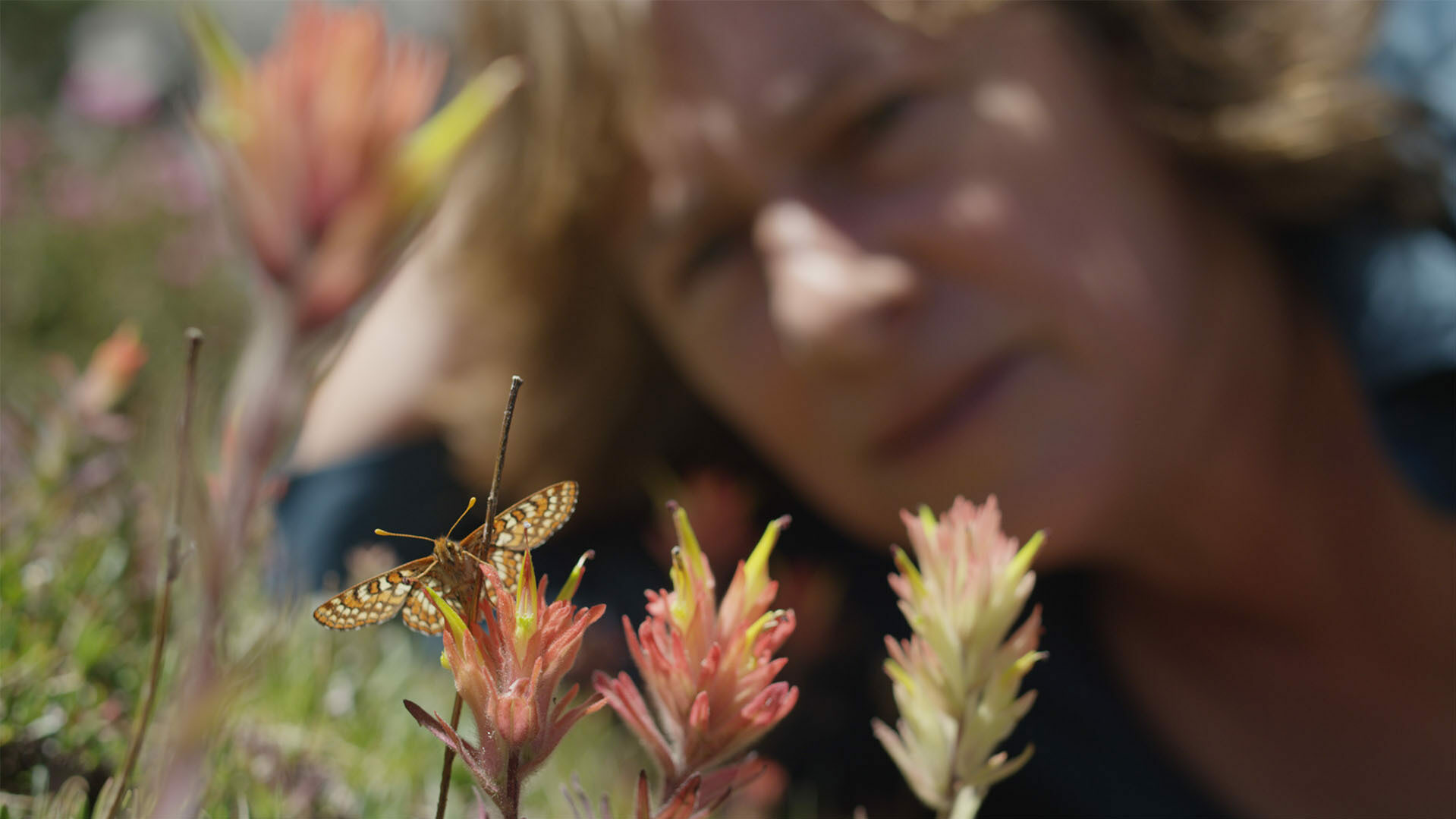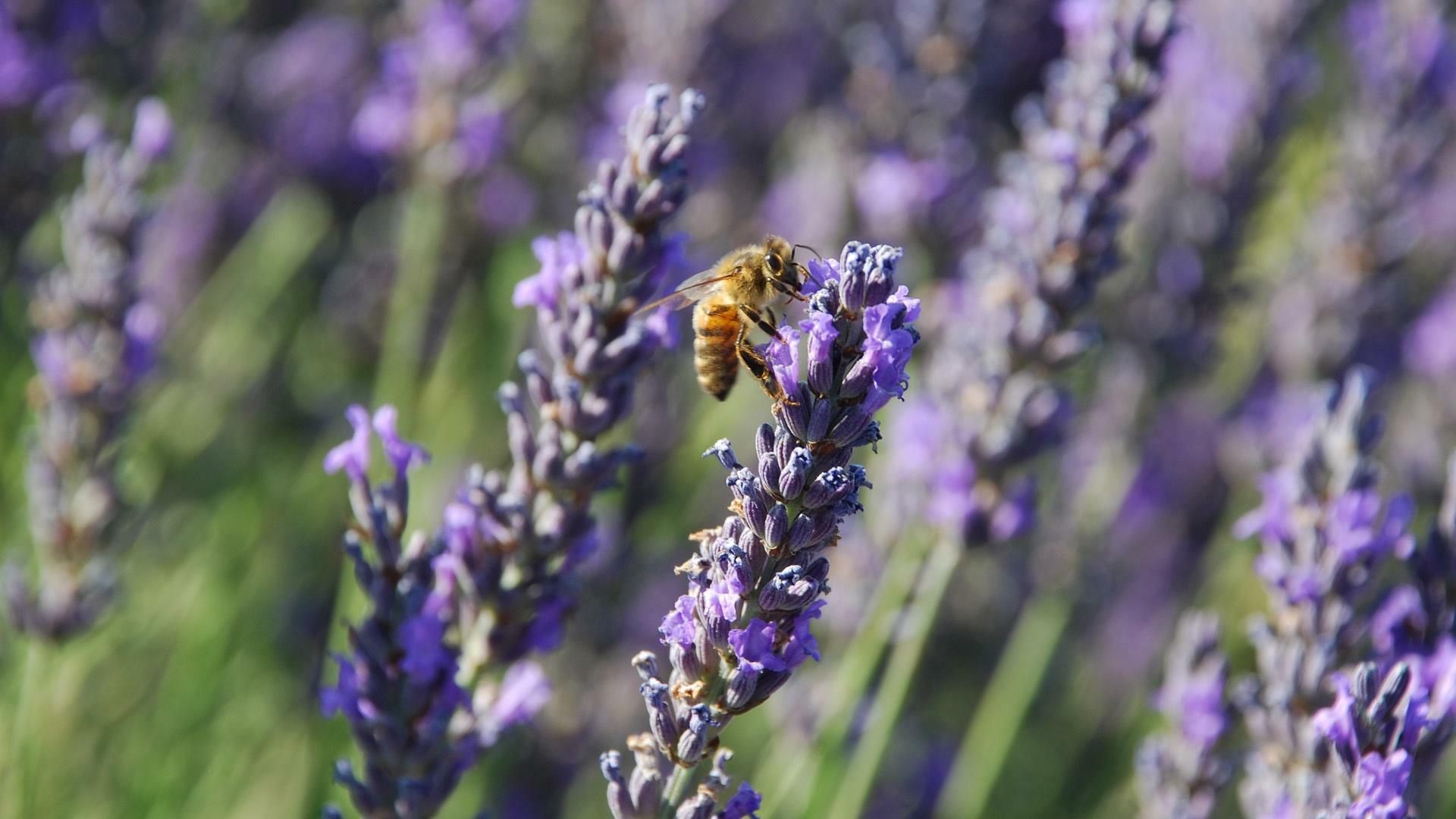Learn All About Big Cats
Ever wanted to learn more about "Big Cats?" Yes, of course, because you think about them all the time. Not your beloved chonky house cats, but we're talking about the massive wild cats that are also apex predators: lions, tigers, jaguars, leopards, snow leopards. They are amazingly strong. Some are solitary creatures that survive by depending only on themselves and their hunting prowess. Other big cats form social bonds and rule their territory as a team. Not to mention these cats are all gorgeous: there's a reason a lot of us wear clothing that mimics big cats' coats and markings. (Animal print is a neutral, for the fashionista record.)
Spend some time watching this collection of documentaries to learn more about these majestic cats and their habitats around world.

What is a "Big Cat?" How is it different than others cats?
Many of us were taught that the difference between "big cats" and other cats was all about the roar: big cats roar, the rest purr. The standard classification of big cats includes the five included in genus Panthera:
1. lions (Panthera leo)
2. tigers (Panthera tigris)
3. jaguars (Panthera onca)
4. leopards (Panthera pardus)
5. snow leopards (Panthera uncia)
Now, we know snow leopards don't roar. That is because their larynx is actually built differently than the other four big cats. Still, they belong to genus Panthera, therefore belong firmly on team big cat.
And what about cheetahs and cougars? Various felinologists and conservationists believe the definition of big cat goes beyond genus Panthera to include cheetahs (Acinonyx jubatus) and cougars (Puma concolor).
These special kinds of cats are found around the globe in differing habitats and climates. They have been featured in our cultural myths, their power and speed are legendary, not to mention their renowned intelligence and hunting prowess. All seven cats in the expanded "big cat" category are apex predators and critical to the health of their ecosystems.
Big Cats 24/7
In Botswana’s wild Okavango Delta, the Big Cats 24/7 team of local and international filmmakers follows lions, leopards and cheetahs day and night. Using the latest filming technology they reveal the cats’ lives like never before.
This clip below explores life in a lion pride. It's stunning footage that brings you into the days and nights of lions.
There are No Actual 'Lion Kings'
Lions are egalitarian social species! In other words, there are no monarchs within a lion pride. Yes, it's true. Before you dive into lion society in this video, brush up on the basics with NATURE's lion fact sheet.
From Animal IQ:
Lions are social animals living in small pride groups containing both males and females (a rarity in the animal kingdom). Some might think of the lion as all brawn and no brains, but they’re so much more. Dr. Natalia Borrego calls Brian Dowling from Lion Country Safari to talk about everything Panthera Leo!
Lion: The Rise and Fall of the Marsh Pride
Explore the story of the Marsh pride of lions as it battles for survival in Kenya’s Maasai Mara Reserve. In a world where lions and humans are increasingly at odds, the film charts the rise and fall of the pride. Featuring archival footage and testimony from those who have filmed the pride and lived alongside it, "Lion" is a powerful tale of shifting loyalties, complex family dynamics and more.
In this clip, filmmakers meet up with the pride and talk about some of the different personalities of the lionesses.
More articles we think you'll enjoy
- 1
- 2
- Next
Tigers: Clawing Back
Brush up on your tiger facts before you even think about telling anyone you could wrestle one with your bare hands: bookmark NATURE's tiger fact sheet and give it a study, for your well-being.
In this short film from NATURE:
Poaching, habitat loss and climate change are among the many threats to Siberian Tigers in Russia and the world. A group of filmmakers and conservationists from WCS and Panthera attempt to answer the question: what does the future hold for one of the largest cats on earth? Take a look back at the efforts to preserve these tigers, from the 90s until today.
The Leopard Legacy
From NATURE:
Follow the story of a leopard mother as she raises her cubs near the Luangwa River, facing a constant battle to hunt successfully, defend her territory and protect her cubs against enemies.
In this clip below, a mother leopard protects her cubs from a male intruder. It's high drama.
You can watch The Leopard Legacy with Passport and make sure you bookmark NATURE's leopard fact sheet before your next big cat pop quiz.
Jaguar
Meet the jaguar, the big cat of the Americas. The jaguar's strength and ferocity are legendary, and it has been a revered animal in Latin American cultures since time immemorial.
In the 1995 documentary from NATURE called Jaguar: Year of the Cat, filmmakers set out to produce the first comprehensive film chronicle of the jaguar. Since then we have seen jaguar populations further decline. Conservation groups in the Americas are trying to reverse this decline, including one in Argentina that is working to prevent jaguar's extinction.
In this clip from The Story of Cats, watch the jaguar flex its warrior skills (specifically it's aquatic skills and powerful bite) when it attacks a caiman in Brazil's pantanal.
Living with Snow Leopards–Tashi’s Story
Snow leopards are the only species within genus Panthera that do not roar. Native to mountain ranges in Central and South Asia, snow leopards are acutely adapted for cold weather. Learn all about snow leopards with NATURE's snow leopard fact sheet, then dive into this short film about the communities living alongside this rare cat.
From NATURE:
In the frigid Indian Himalayas, people manage to eke out a living alongside one of Asia’s most elusive cats: the snow leopard. Explore this fragile relationship through the eyes of Tashi, a local goat herder, and learn how his village has partnered with the Snow Leopard Trust to find ways to both live with and save one of the rarest cats on Earth.
Oh, and remember when Steve Backshall and his team travelled to Kyrgyzstan's Djangart valley to track snow leopards? That awesome episode of Expedition is streaming with Passport.
Support your local PBS station in our mission to inspire, enrich, and educate.
The Ghostly Origins of Big Cats
From Eons:
All of today’s big cat species evolved less than 11 million years ago and yet their evolutionary history remains an almost total mystery. But scientists have recently discovered a major clue about the origins of the big cats, one that could provide a whole new starting place for solving this puzzle.
'Cheetah Cam' captures chase through the bush
Everything you want to know about the fastest animal on land (they can move at 65miles per hour!) is here in this cheetah fact sheet from Nature.
And thanks to Nature's Animals with Cameras we can join cheetahs on a hunt:
Cheetahs are experts at chasing down prey over the open savannah, but brush-covered scrubland presents an entirely different challenge. Journey along with a camera-wearing cheetah and his siblings as they chase an elk-like eland and its young calf through the brush. If successful, these young cheetahs may finally be ready to hunt without supervision.
The Story of Cats
From NATURE:
In the two-part series The Story of Cats, discover how the first cats arose in the forests of Asia, how they spread across the continent, and later came to conquer Africa. We reveal how they evolved flexible limbs to climb, giant bodies to survive in the cold, and super senses to catch prey. Ultimately we discover how becoming social made the lion, king of the savannah.
In the second episode of The Story of Cats, learn how cats first crossed from Asia into North America and how they went on to become the top predators of the continent. Today there are 13 feline species in the Americas – from the mighty jaguar, to the urban mountain lion, to the curious ocelot and from the Canada lynx to the nimble margay.

The best of PBS, straight to your inbox.
Be the first to know about what to watch, exclusive previews, and updates from PBS.




